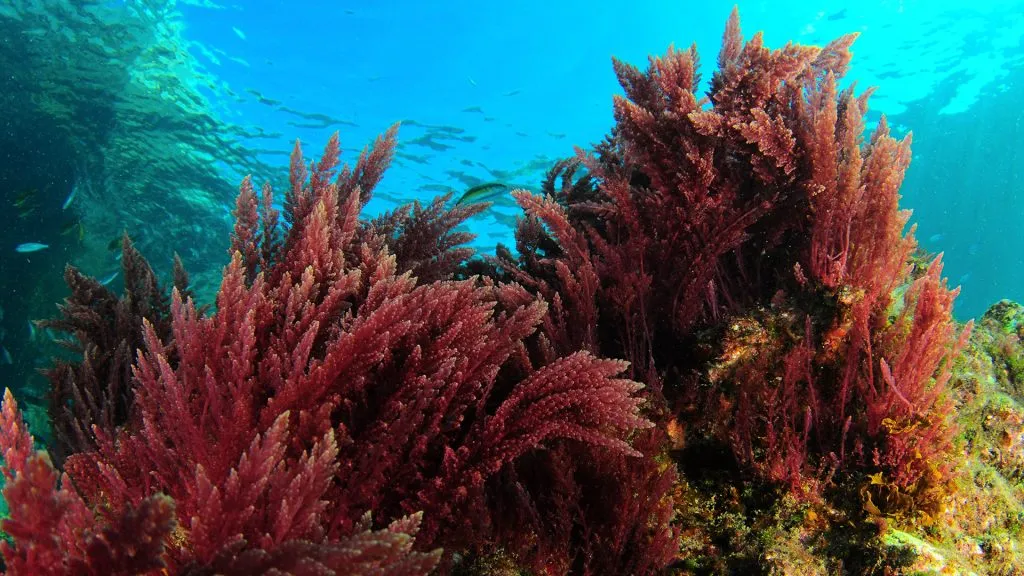In the quest to bolster agricultural resilience against climate change, superabsorbent polymers (SAPs) have emerged as a promising tool to enhance soil water retention and mitigate drought stress. However, their impact on free-living microorganisms—a critical component of healthy ecosystems—remains largely unexplored. A recent study published in the journal *Plants* (Növények in English) sheds light on this interplay, revealing how different SAP chemistries influence the growth and pigment allocation of *Chlorella vulgaris*, a ubiquitous green algae.
Led by Gabriella Erzsébet Szemők of the Institute of Agronomy at the Hungarian University of Agriculture and Life Sciences, the research team investigated three types of SAPs: potassium polyacrylate (DCM Aquaperla®), starch-based polyacrylamide (Zeba Plus SP®), and γ-polyglutamate (Stockosorb® 660 Medium). They examined how these polymers affected *Chlorella vulgaris* across varying initial cell densities over seven weeks.
The findings, derived from six spectral indices tracking biomass and pigment composition, underscore the significant role of SAP chemistry and starting biomass in shaping algae–polymer interactions. “Zeba consistently maintained biomass comparable to the control while enhancing carotenoid- and xanthophyll-sensitive indices, suggesting pigment reallocation without growth suppression,” Szemők explained. This implies that certain SAPs can promote beneficial pigment allocation in algae, potentially enhancing their resilience and productivity.
In contrast, Stockosorb produced intermediate responses, while Aquaperla frequently reduced biomass-related measures, particularly at high density. The study also revealed that pigment allocation was density-dependent, with low-density cultures investing proportionally more in carotenoids. “These results show that SAP–microbe interactions are strongly influenced by polymer chemistry and starting biomass,” Szemők noted, highlighting the complexity of these interactions.
The implications of this research extend beyond agriculture. In the energy sector, algae are increasingly recognized for their potential in biofuel production, carbon capture, and wastewater treatment. Understanding how SAPs influence algal growth and pigment allocation could pave the way for more efficient and sustainable biotechnological applications. For instance, optimizing SAP use could enhance algal biomass production, improving the yield of biofuels and other valuable compounds.
Moreover, the study’s findings could inform environmental risk assessments, ensuring that the integration of SAPs in agricultural systems does not inadvertently harm beneficial microorganisms. As climate change intensifies, the need for sustainable crop production systems that support both plant and algal resilience becomes ever more pressing.
This research not only advances our understanding of SAP–microbe interactions but also opens new avenues for innovation in agriculture and energy. By harnessing the potential of SAPs, we can strive towards more resilient and productive ecosystems, better equipped to face the challenges of a changing climate. As Szemők’s work demonstrates, the key lies in carefully selecting and applying these polymers to maximize their benefits while minimizing potential drawbacks.

